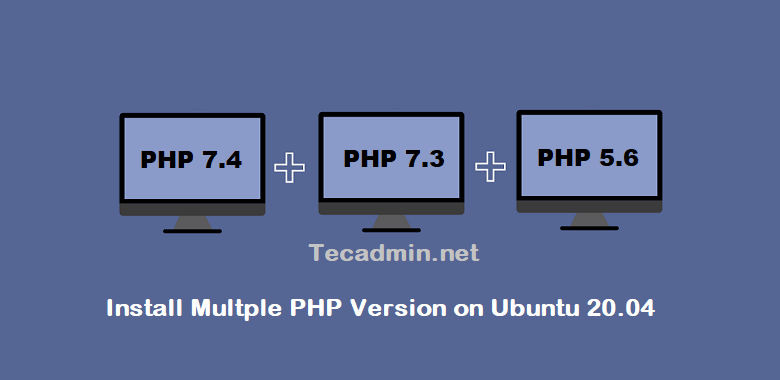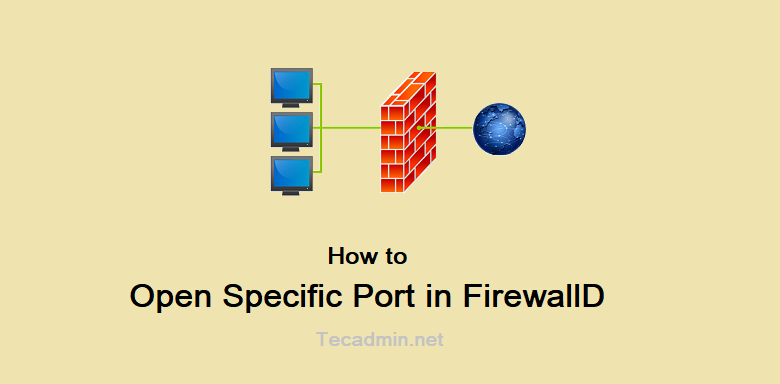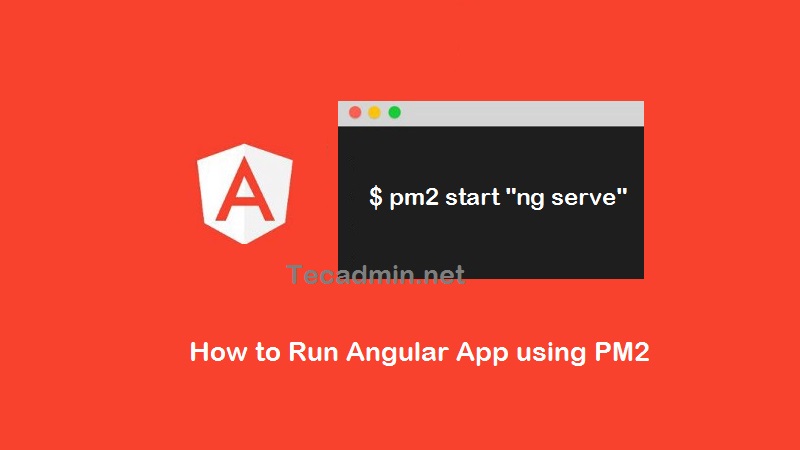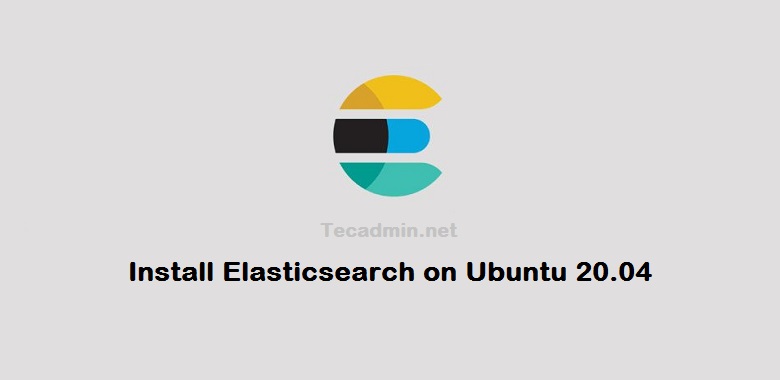Generally, the host manager used a separate server for each PHP version application deployment. Which increases the hosting cost. Some of the host managers are using Docker to run multiple PHP version on the single server. Also, most of you are aware of the configuration, I used in this tutorial. But some of the system administrators are not aware of this. This tutorial will help you to install multiple PHP version with Apache on Ubuntu 20.04 Linux system without switching PHP versions. This tutorial describes the installation and configuration of two VirtualHost on Apache with separate PHP versions. First VirtualHost…
Author: Rahul
The ionCube loader is the library used to load ionCube encoded files on the server. It is required to installed on the webserver to decode any ionCube encoded files before running. The ionCube provides a feature to encrypt your PHP script to keep them secure. It also keeps them secure from unauthorized uses. This tutorial will help you to configure the ionCube loader with PHP on Ubuntu 20.04 Linux system. Pre-Requisites We assume you already have PHP installed on your Ubuntu system. If not, you can follow these instructions to install required PHP version. Step 1 – Download Ioncube Loader…
PHP is a widely used server-side scripting language that is embedded in HTML. It is used to develop web applications and can be easily integrated with various web servers. In this article, we will discuss the importance of the phpinfo() function, how to create a phpinfo file, and how to access it in your server environment. 1. What is phpinfo()? The phpinfo() function is a built-in function in PHP that outputs information about the PHP configuration on your server. This information is valuable for developers and administrators alike, as it provides insights into the PHP environment, including PHP version, server…
Sysstat is a powerful and flexible tool for monitoring system performance for the Linux-based systems. It provides detailed information about various system statistics, including CPU utilization, memory usage, disk I/O, network traffic, and system load. In this tutorial, you will learn about installing and configuring the sysstat utility on Ubuntu and other Debian-based systems. Available Sysstat Utilities The sysstat package provides a number of utilities for collecting the systems activities and performance details. iostat – Used for CPU statistics and input/output statistics for the block devices and partitions and generate reports. mpstat – Used for processor related statistics and reports.…
Ruby is the dynamic and open source programming language. Which focuses on coding simplicity and improve productivity. The first Ruby version 0.95 was release in 1995. After that several stable versions of Ruby were released in the past years. At the time of writing this tutorial, Ruby 2.7.0 is the latest stable release available for development. This tutorial will help your to install required Ruby version on your Ubuntu 20.04 system. If your application release on Ruby 1.9 or 1.8 versions, We recommended to go with previous Ubuntu version. Pre-Requisites You must have shell access with sudo privileged account to…
Elasticsearch is flexible and powerful open-source, distributed real-time search and analytics engine. Using a simple set of APIs provides the ability for full-text search. Elastic search is freely available under the Apache 2 license, which provides the most flexibility. Elasticsearch is used to store and search all kinds of documents. It supports full-text search completely based on the documents instead of tables and schema. This tutorial will help you to setup Elasticsearch single node cluster on CentOS 8 and RedHat 8 systems. Prerequisites Java is the primary requirement for installing Elasticsearch on any system. You can check the installed version…
Firewalld is a firewall management solution used by the most of modern Linux distributions. In this tutorial you will learn how to open ports in firewalld. This tutorial describe you to open a port for public, specific IP or IP range in firewalld. Find our previous article about installation and uses of Firewalld on Linux system. In this tutorial, all the commands are written for MySQL port 3306. You can use the same command for any other ports as per your requirements. Allow Port for All Traffic Use the following commands to allow incoming traffic on port 3306 to all…
Zabbix is a free and open-source monitoring solution designed for real-time monitoring of servers, virtual machines, networks, and cloud services. It was developed by Alexei Vladishev and actively supported by Zabbix SIA. It is based on the client-server model and capable of monitoring millions of metrics, such as CPU load, network utilization, and disk space consumption from tens of thousands of servers. In this tutorial, we will explain how to install the Zabbix server on Ubuntu 20.04 LTS system. Pre-Requsities We assume you have a running Ubuntu 20.04 system with sudo privileged account access. Follow the below steps to install…
PM2 is a process manager for Node.js applications. It is helpful for running Node.js application on production environment. PM2 keep an eye on your application and restart it automatically in case of application crashes. PM2 also have an build in load balancer for make easier to scale applications. In this tutorial you will learn to install Angaular CLI on your Linux system. Then create a sample Angular application. Also run your Angular application with PM2 on a Linux system. Prerequisites To use this tutorial, you must have shell to your server with sudo privileged account. Login to your server and…
Elasticsearch is a flexible, powerful, open-source and real-time search and analytics engine. Using a simple set of APIs, it provides the ability for full-text search. Elastic search is freely available under the Apache 2 license, which provides the most flexibility. This tutorial will help you to install Elasticsearch on Ubuntu 20.04 LTS system. Prerequisites Login to your Ubuntu system using sudo privileges. For the remote Ubuntu server using ssh to access it. Windows users can use putty or alternatives to log in to Ubuntu system. Step 1 – Install Java Elasticsearch required Java run time installed on system. Ubuntu 20.04…




